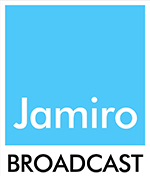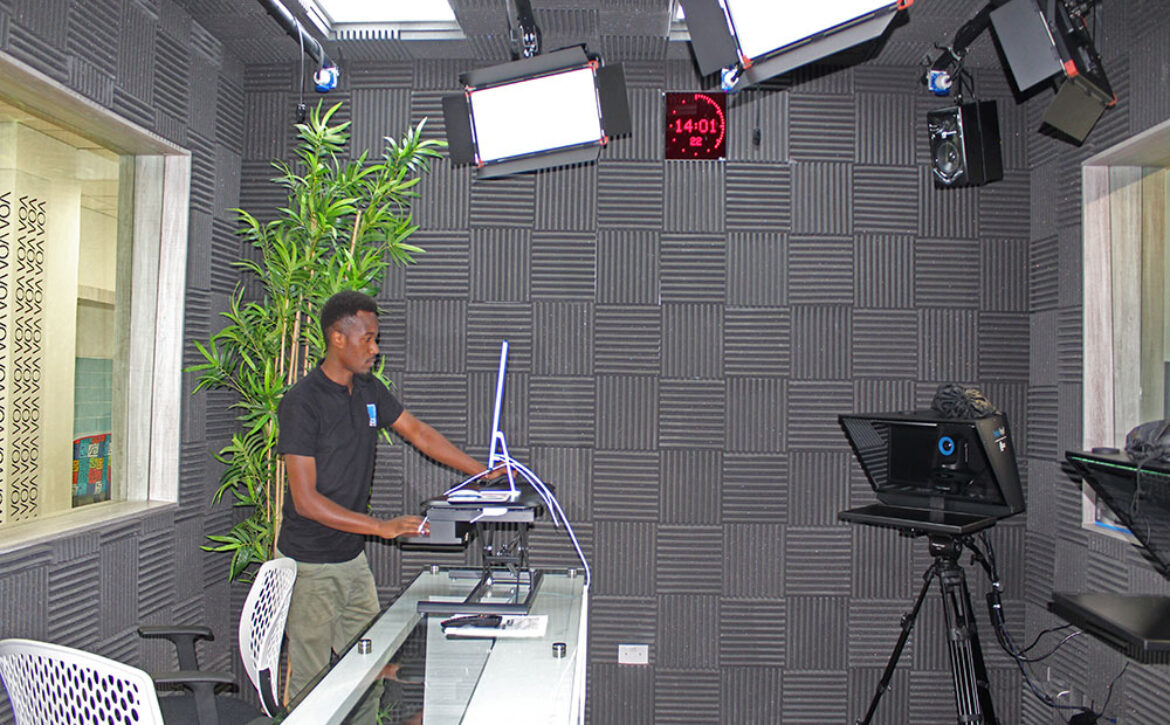VOA-Nairobi Bureau Unveils State-of-the-Art Broadcast Facility
In a strategic move to fortify its global presence, Voice of America (VOA) has commissioned a comprehensive broadcast facility at the VOA-Nairobi Bureau. Our team successfully delivered and implemented a cutting-edge infrastructure, featuring two radio studios, a voice-over booth, a TV studio, and a TV control room. This transformative initiative positions VOA to produce digital, TV, and radio content in 48 languages, catering to a diverse non-American audience.
Highlighting Remote Capabilities and Expanded Reach
The VOA Swahili service, with its weekly outreach to over fifteen million listeners across East and Central Africa, now boasts enhanced capabilities. The facility enables journalists to conduct interviews, record shows, and seamlessly transmit content to VOA’s headquarters in Washington DC. Notably, the TV studio is equipped with remote production capabilities, affording VOA-Nairobi the ability to control the studio remotely. This forward-thinking approach places VOA at the forefront of broadcasting technology, ensuring a dynamic and flexible platform for engaging with audiences across the African continent and beyond.
The requirements were met by having the following solution:
- Rodecaster Pro + 4 Shure SM 7B Microphones in each of the radio studios and Voice Over Booths: The choice for Rodecaster Mixer was due to the USB, Bluetooth, and Inbuilt Telephone Hybrid Capability which makes telephone interviews and recording on PC quite efficient. Audio recording and editing were done using Audacity software through a USB connection from the mixer
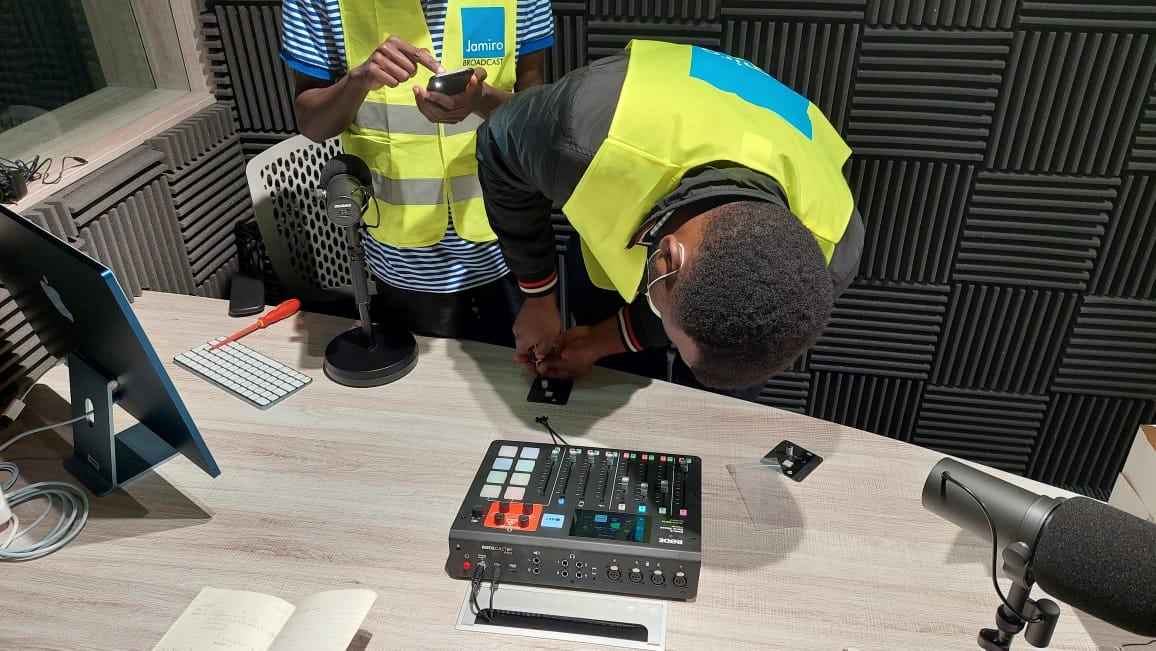
- A complete NDI video production workflow in the TV Studio: NDI was chosen to connect the studio cameras with the video switcher since a single CAT 6 cable would provide both the camera feed and control functionality over the LAN. In order to achieve this, a Gigabit Switch was used to interface the Video Switcher, Cameras, and Camera Controller after assigning IP addresses to all the devices.
- NDI, Robotic Camera System with Hardware Controller: NDI HX PTZ3 cameras were chosen due to their low latency and little bandwidth requirements needed for NDI Program, Tally feature, PTZ Control, and professional Audio Integration required for Audio Embedding on NDI.
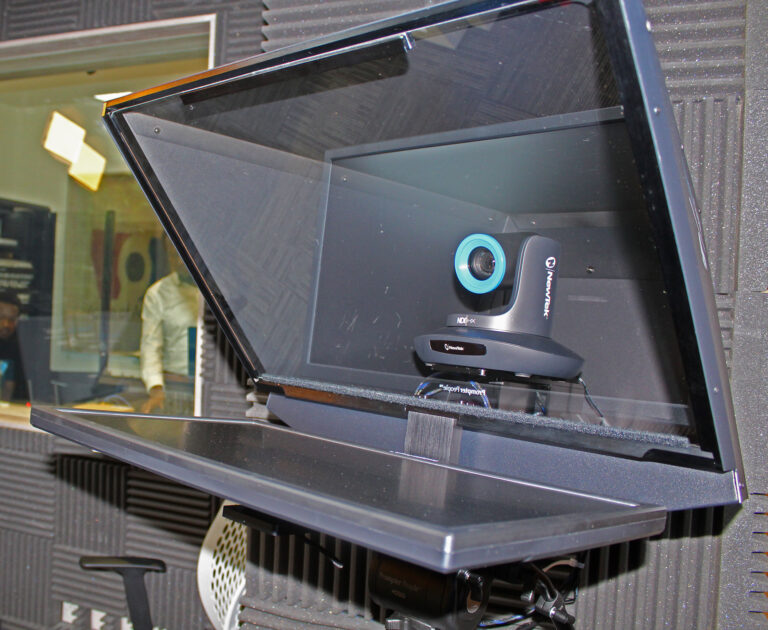
- Teleprompter System: The Robo Prompter was deployed and integrated with NDI HX PTZ3 Cameras which completely enclosed the robotic camera for unhindered camera movement while providing easy access to camera controls. The 22” 16:9 LED LCD offered HDMI connectivity from the PC.
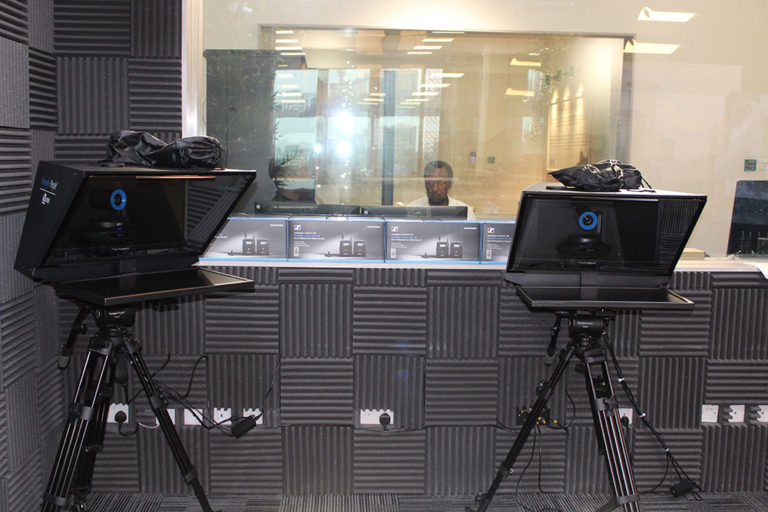
- Wireless Tally System: Cuebi Light was chosen due to its versatility in deployment with Video Switchers and its 100% IP-based connection over a standard WiFi network to a switcher, was a perfect choice in achieving an “All-IP” Workflow in video production.
- Wireless TalkBack and IFB System: MARS T1000 was a perfect choice for wireless talkback using a base station, four belt pack transceivers, and five headsets. The full-duplex feature allowed communication in both directions, which guaranteed efficient and agile team collaboration.
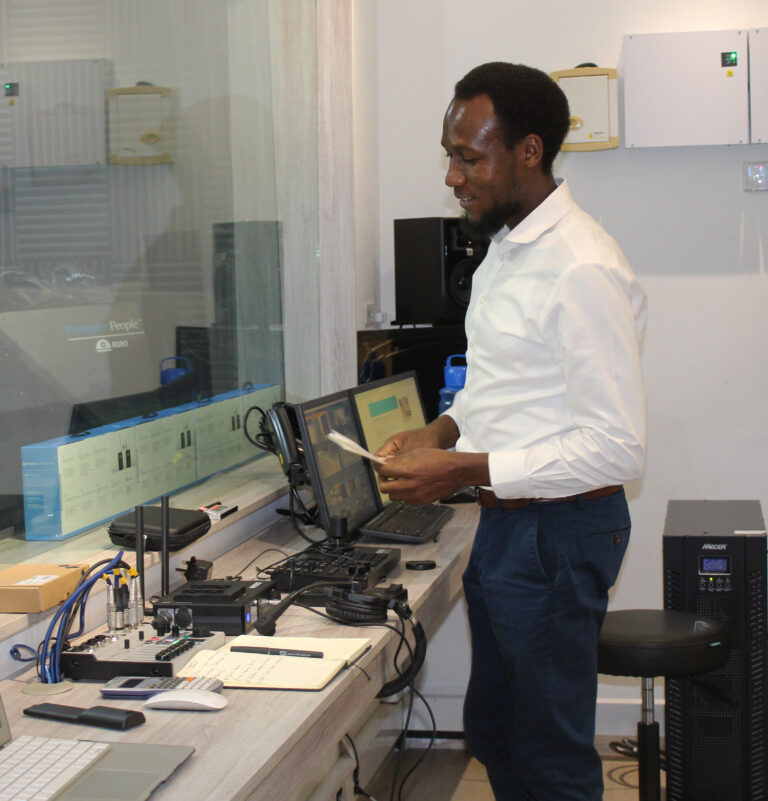
- Light Grid System: Manfrotto Rails were used in mounting the light panels using an a4-wheel sliding carriage with a brake and a 5/8″ mounting spigot. This made it possible to move the lights along the grid whilst ensuring safety by locking them to the desired position. The Rails were attached on 2” Round Tubes Pipes suspended below the studio concrete ceiling slab with a (2×2)” angle line welded onto a 6mm plate for base mounting.
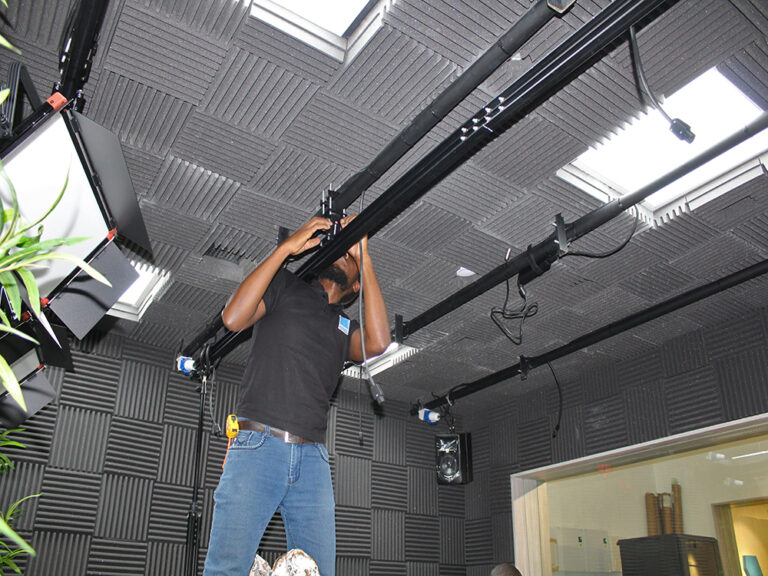
Light Panel with Wireless DMX: 12xPL-E90 Lights were deployed each with an output of 90W power which provided a 2200Lux luminance at a 1-meter distance (center), much
brighter than other similar size LED panels. The DMX console adopts standard DMX512 protocol, 8 faders, and 7 groups switching by 7 colors indicator.
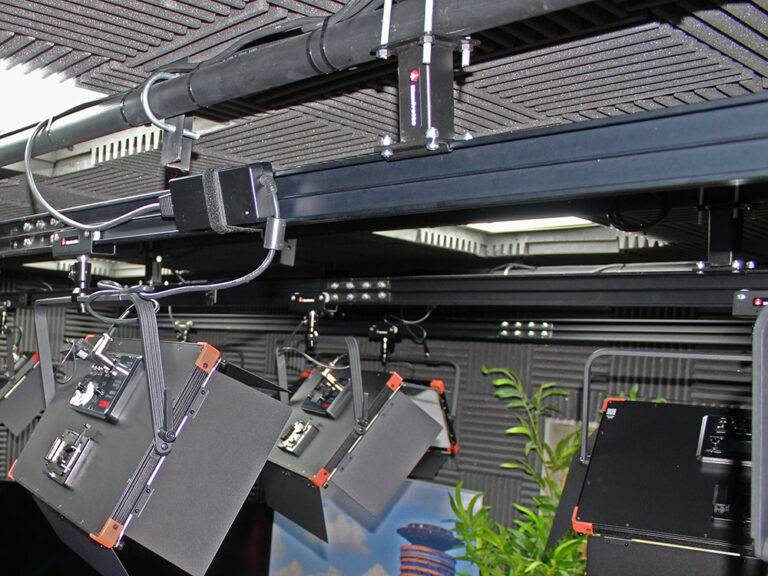
- LIVE Transmission: Teradek Cube was used for live transmission between Nairobi and Washington DC Studio. This was probably the only device on Baseband SDI from the Video Switcher outputs together with the Monitor screens which were connected using HDMI. The project was completed within 2 months including training and commissioning.
All the studios were equipped, users trained and operations commenced soon after the project closure. TV Studio was uniquely designed to allow both manual operation and 100% automation through remote production; for instance, a producer in Washington DC Studio could remotely produce a show in Nairobi Studio in real-time which enhances flexibility whilst saving costs. A journalist is able to go LIVE without an operator in the control room to switch the Cameras and Audio.
Remote LIVE Workflows are continuously providing solutions in broadcast through cloud integration.
“At Jamiro Broadcast, we have cloud-based solution technology and vendor partners required to set up an entire broadcast workflow in the cloud including Ingest, Playout, Live Production, Multiviewer, Monitoring, and Content Distribution. VOA Project was made possible by NDI™ technology partner,” says Conchitah Lilian-Head of Marketing & PR.
